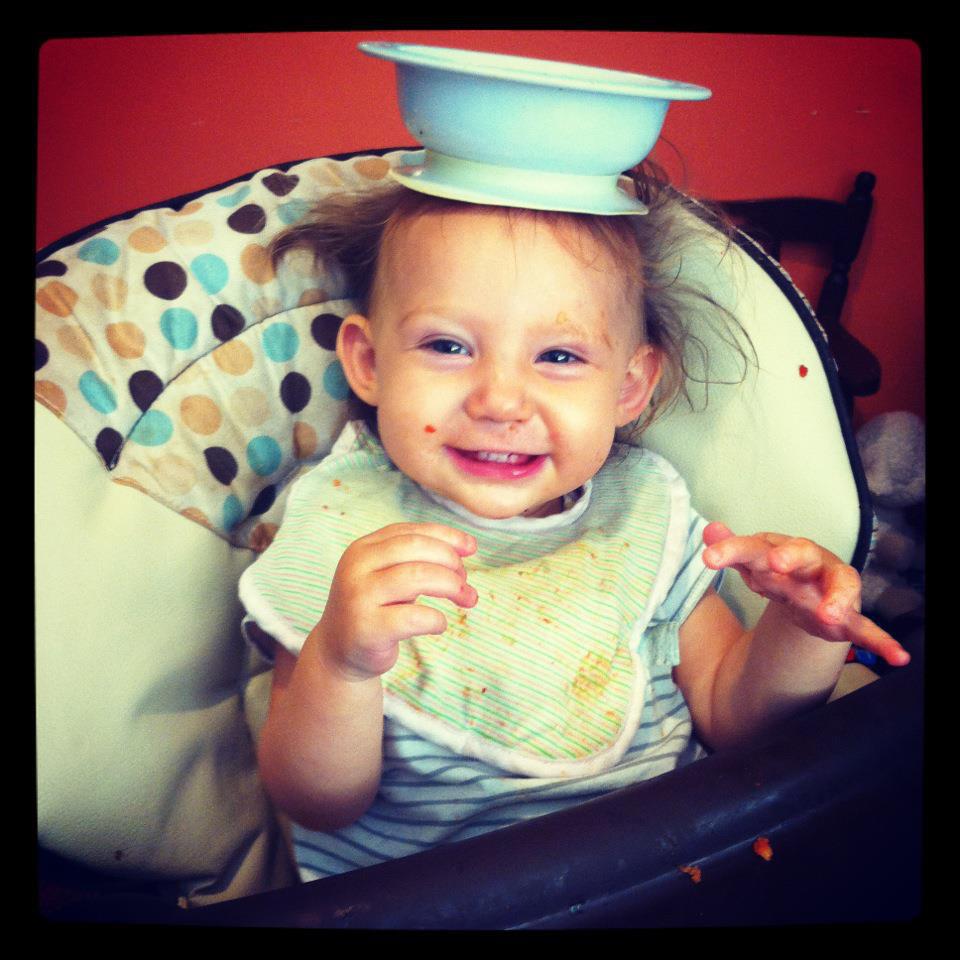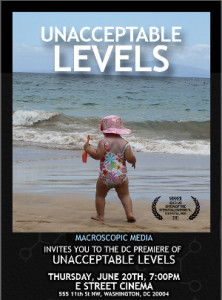
As a 23-year-old woman who isn’t planning on children for a while, (but yes Mom and Dad, there will be a day where you will be bouncing an adorable grandchild on your lap), I was a little daunted with the idea of this post at first. It seems sort of strange to write about a stage of life that you have yet to experience; however, I had experienced an “ah-ha” moment: I aim to eat clean everyday. My food is fair-trade, organic, humanely raised, and as ecologically sound as possible, so I can only imagine I will want the same for my future children. Babies have such sensitive systems already, so here are five reasons why it’s better to be gah-gah for homemade baby food.
1. Organic Baby Food is Best (NO GMO’s!)
It is known that the majority of baby foods (including organic brands) have a shelf-life of about two years. In order to achieve this shelf life, the food needs to undergo a sterilization process. This is usually done by heating the food to very high temperatures to ensure food safety. This actually kills vitamins, nutrients, taste, color, and aroma in the process. Homemade baby food is higher in nutrients, tastes far better than store bought, and will be the foundation for future healthy eating habits.
 EPA standards for pesticide exposures “acceptable levels” are calculated for adults and not for tiny babies and small children, who may be more vulnerable to toxins found in chemical pesticides, fertilizers and herbicides used in conventionally grown produce. According to the National Academy of Science, “neurologic and behavioral effects may result from low-level exposure to pesticides.” Many studies show that pesticides can adversely affect the nervous system, increase the risk of cancer, and decrease fertility.
EPA standards for pesticide exposures “acceptable levels” are calculated for adults and not for tiny babies and small children, who may be more vulnerable to toxins found in chemical pesticides, fertilizers and herbicides used in conventionally grown produce. According to the National Academy of Science, “neurologic and behavioral effects may result from low-level exposure to pesticides.” Many studies show that pesticides can adversely affect the nervous system, increase the risk of cancer, and decrease fertility.
Please check out our friend Ed Brown’s film, Unacceptable Levels to learn more about why we need to protect our children from the harmful toxins found in non-organic foods!
Check out his video from eatlocal.com, where Robyn O’Brien discusses food allergies from GMO’s in children.
2. You’ll know EXACTLY what your child is eating
There is no better way to know what exactly your child is eating then by actually making it yourself. It can retain most of its nutritional value, taste, color, texture and aroma because it is only lightly steamed and not overcooked. In fact, most ripe fruits can be pureed without cooking, which ensures the most nutrients possible.
3. It’s less expensive!

It can get really expensive to constantly purchase prepared baby foods. Actually, it can cost double to triple compared to if you were to make it yourself. Not to mention the dollars wasted when you throw away a jar or pouch of half eaten food (since the majority of it doesn’t actually end up in the baby’s mouth…)
Buy making the food in large batches and storing it in glass containers in the refrigerator or freezer, you can’t go wrong. You save money, AND give you baby the most nutritious options possible. What could be better?
4. It’s Greener!
Why waste more packing? Making your own baby food is a great way to be more ecologically conscious. By storing the food in your own reusable containers, you are also being more sustainable. Plus, there are so many harmful toxins in packaging alone, you are doing yourself, and your baby a huge favor by steering clear of them.
5. It’s Easy to Make! Here is how to get started . . .
Quite simply, the easiest thing to do to make your own baby food is by simply blending up a plate of vegetables that the rest of the family is having fr dinner. You can also batch-cook baby food, which is the best method of younger eaters who will stick to one food at a time at first.
Also, if this whole process seems a bit daunting, start out slow. Go with fruits for awhile and gradually expand to vegetables and to grains, etc. It doesn’t have to be entirely homemade or nothing at all. Gradually ease into it for sake of time and experimentation.
~Quick Batch Cooking Recipe, courtesy of simplehomade.net~
One easy method for preparing, storing and serving cooked baby food
1. Wash, prepare and if necessary, peel/chop your food of choice.
2. Cook the fruit or vegetable, using the method of your choice (bake, steam, stove-top cook or microwave).
3. Puree in a blender, baby food mill or food processor to desired consistency, adding small amounts of water if necessary.
4. Pour into serving size containers and label with food type and date made.
5. When it’s time for the baby is ready to eat, simply remove a cube or two from freezer and reheat in microwave or on stove-top to a safe temperature.
More Resources
For more individualized recipes, the best resource online was wholesomebabyfood.momtastic.com. They break everything down by categorizing the food not only in distinct food groups, but also noting best foods for starting out, or for older eaters.
purple dollar sign image via shutterstock